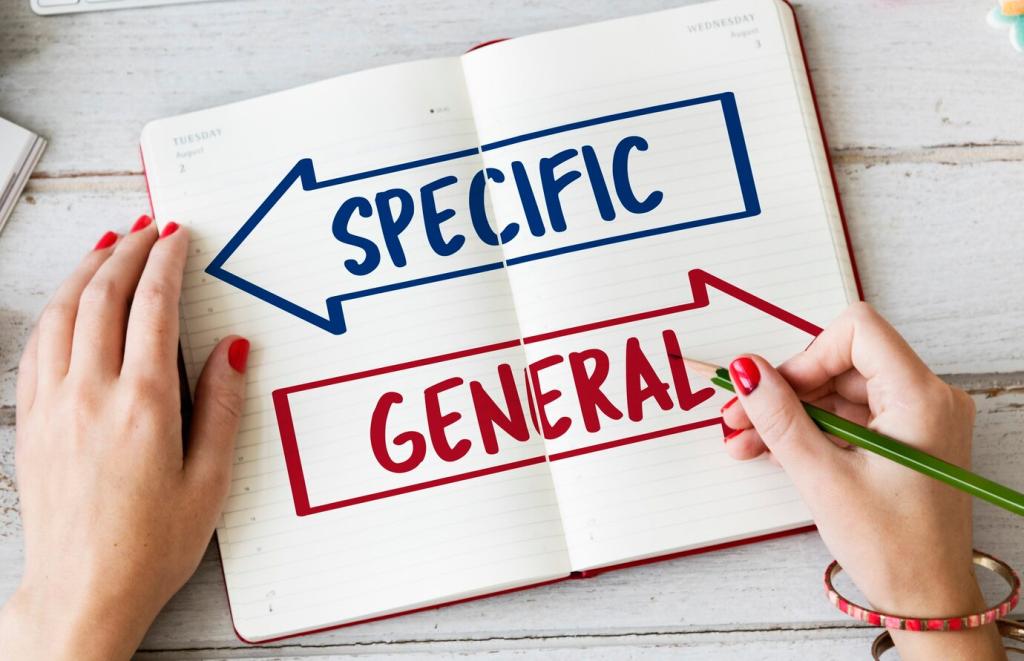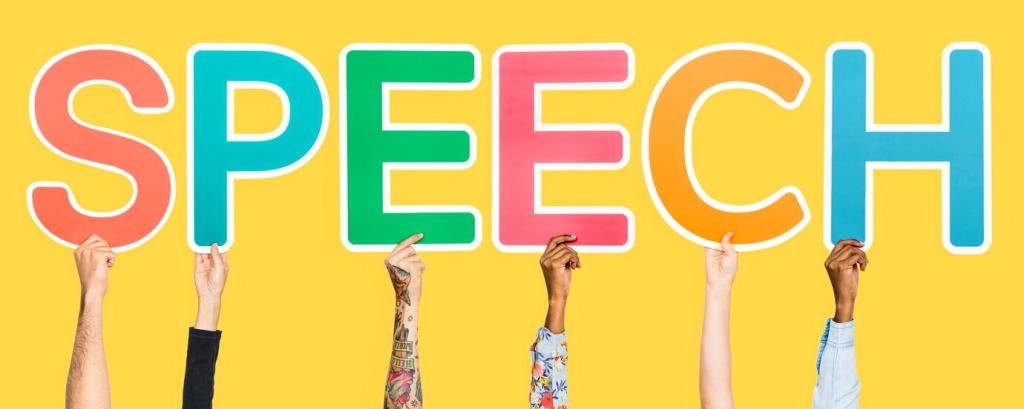Tools, Habits, and Micro-Learning That Stick
Maintain a living glossary for project terminology across languages. Update examples and context sentences. Share yours with teammates to align vocabulary. Interested in a starter template? Subscribe and we’ll send a customizable version.
Tools, Habits, and Micro-Learning That Stick
Shadow podcasts or recorded calls, repeating aloud for cadence and clarity. Focus on one feature at a time: linking words, pauses, or stress. Tell us which audio sources sharpen your professional language fastest.





